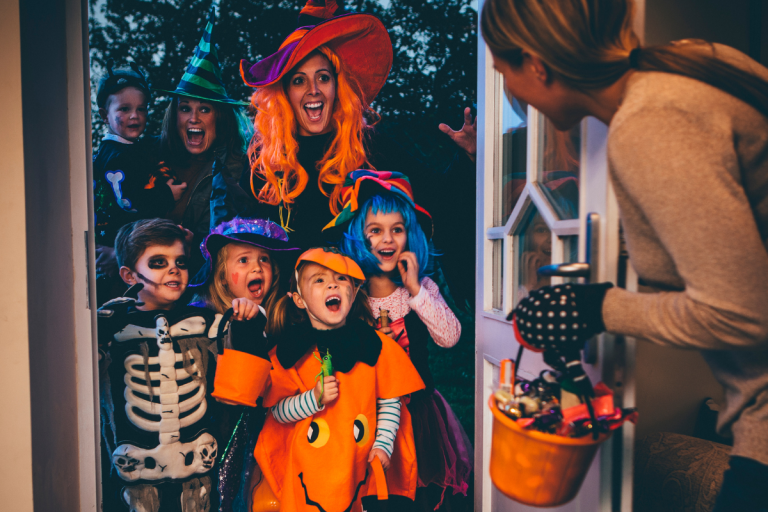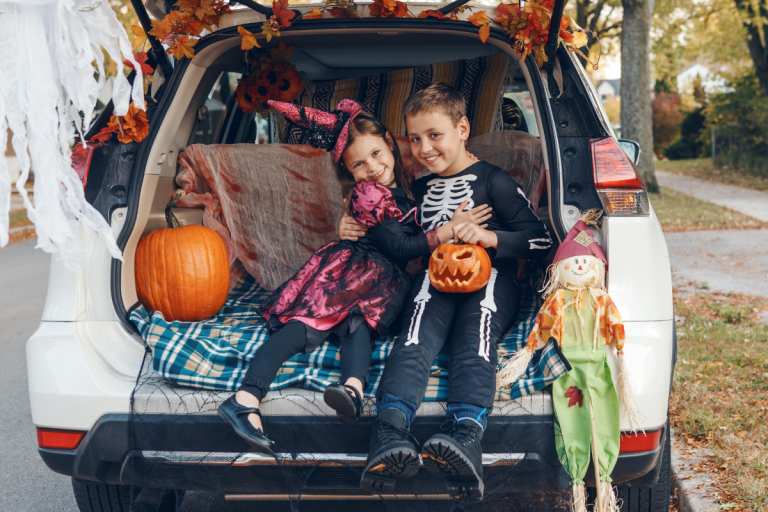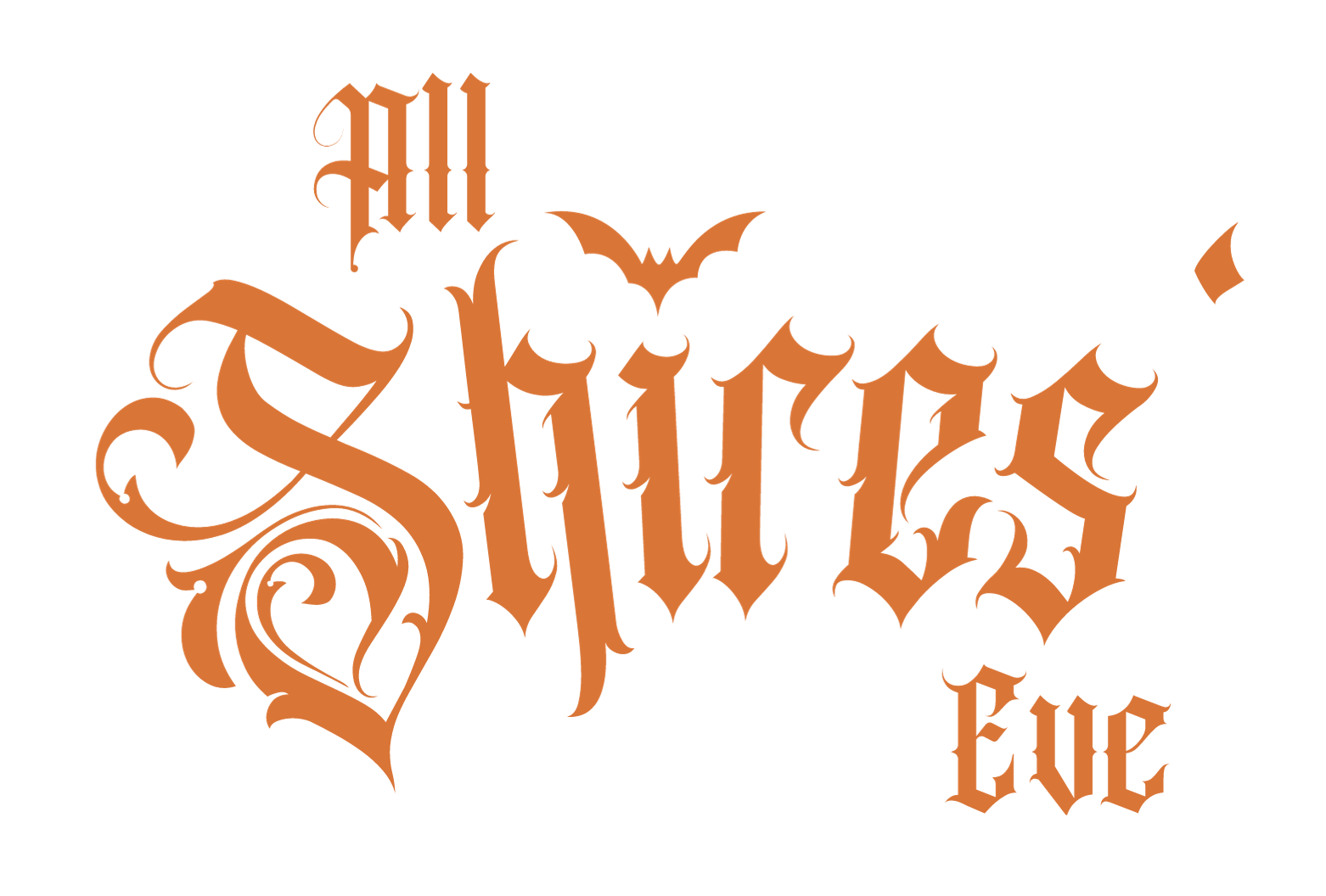Halloween, celebrated on the night of October 31st, has a rich and captivating history. While today it is synonymous with costumes, candy, and spooky decorations, its origins are deeply intertwined with ancient traditions that have evolved over the centuries.
Celtic Beginnings
To truly understand the roots of Halloween, we must journey back to the Celtic lands of Ireland, Scotland, and parts of Wales. The Celtic festival of Samhain (pronounced “sow-in”) marked the end of the harvest season and the onset of winter. More than just a seasonal transition, Samhain was a time when the Celts believed that the veil between the realms of the living and the dead grew thin, allowing spirits to cross over into our world.
During Samhain, communities would come together to light massive bonfires. These fires served both a practical and spiritual purpose. They not only provided warmth and protection against the encroaching winter chill, but they were also believed to ward off malevolent spirits and offer guidance to the souls of the deceased.
People, in an attempt to disguise themselves from the wandering spirits, would don costumes made from animal hides and heads. They believed that this disguise would allow them to move unnoticed among the ghostly visitors. This ancient practice of wearing costumes was one of the earliest precursors to the modern Halloween tradition of dressing up.

Christian Influence
In the 8th century, Pope Gregory III took a significant step to incorporate pagan traditions into Christian celebrations. He designated November 1st as All Saints’ Day, a day to honor saints and martyrs. The night preceding this holy day, October 31st, became known as All Hallows’ Eve, later shortened to Halloween. By merging the ancient Celtic Samhain with Christian observances, the Church aimed to draw pagans into the fold of Christianity.
This Christian influence brought about a fusion of customs. Elements of Samhain, such as bonfires and costumes, blended with Christian practices to create a unique holiday that retained some of its pagan origins.

Irish and Scottish Immigration
The Halloween traditions we know today were brought to North America by Irish and Scottish immigrants in the 19th century. As these immigrants settled in their new homeland, they carried with them the customs and beliefs of their native lands.
Over time, these imported traditions melded with other cultural influences, including indiginous traditions, to give rise to the Halloween we know today. The carving of lanterns from turnips, which served as both a source of light and a means to ward off spirits, evolved into the iconic practice of carving pumpkins into jack-o’-lanterns.

Modern Halloween
As the 20th century dawned, Halloween underwent a transformation into a more community-centered holiday characterized by costumes, parties, and the cherished tradition of trick-or-treating. Children and adults alike embraced the opportunity to don elaborate costumes, often drawing inspiration from mythology, pop culture, and the supernatural.
The commercialization of Halloween began to take shape as costume companies capitalized on the demand for outfits, and candy manufacturers recognized the potential of this sweet-toothed holiday. Haunted houses, themed decorations, and elaborate yard displays have since become staples of Halloween celebrations.

Today's Global Celebration
In the modern era, Halloween has transcended its Celtic and Christian origins. It has spread far beyond its Celtic homelands and the shores of North America, finding its way into countries and cultures across the world. While the specific customs and traditions may vary, the common thread that binds them all is the celebration of the eerie and the supernatural, a nod to the ancient belief that on this night, the boundary between our world and the spirit realm grows thin.
Halloween’s history is a captivating tapestry woven from ancient rituals, religious influence, and cultural exchange. As we continue to celebrate this beloved holiday, we pay homage to the enduring legacy of those who came before us, preserving and reinventing the traditions of Samhain and All Hallows’ Eve for generations to come.


